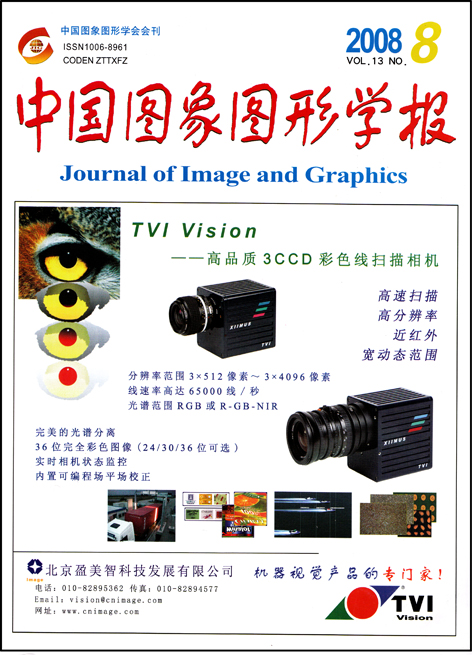
基于小波变换和数学形态学的遥感图像人工建筑区提取
摘 要
为了快速定位中高分辨率可见光遥感图像中的人工建筑目标,一般需要先对目标进行粗定位,提取人工建筑区域。根据遥感图像中的不同地貌具有不同的频谱特性,人工建筑区相对其他区域具有较高的频率,提出了基于小波变换和数学形态学的遥感图像人工建筑区提取算法。该算法先对遥感图像进行小波变换,将不同地貌的信息转换到不同频带,再对高频信息进行融合,并将融合后的高频信息中幅度变化剧烈的区域看作“山峰”,变化平稳的区域看作“盆地”,最后采用形态学重建的方法提取人工建筑区,实验结果表明,该算法具有快速性和准确性的特点。
关键词
Extraction of Building Area from Remote Sensing Images Based on Wavelets Transformation and Mathematical Morphology
() Abstract
In the automatic interpretation of visible spectral remote sensing images (RSIs), in order to reduce the time of extracting a specific interested object of man made building, it usually locates coarsely the area of man made buildings first. A remote sensing image has the typical feature that different ground forms have different spectrums: The frequency of building area is higher than that of other areas. Based this kind of difference, an algorithm for locating the building area of RSIs using wavelets transformation and mathematical morphology is proposed. First, wavelets transformation is applied on a RSI to transform different information of ground forms into different frequency bands. Then, the high frequency information is merged, and in the merged image, the area where the amplitude changes rapidly is regarded as a peak, while the area where the amplitude changes smoothly is regarded as a basin. Finally, the building area is extracted based on morphological reconstruction. The experiments show that the proposed algorithm is accurate and fast.
Keywords
remote sensing images wavelets transformation mathematical morphology morphological reconstruction region tracking building area
|



 中国图象图形学报 │ 京ICP备05080539号-4 │ 本系统由
中国图象图形学报 │ 京ICP备05080539号-4 │ 本系统由